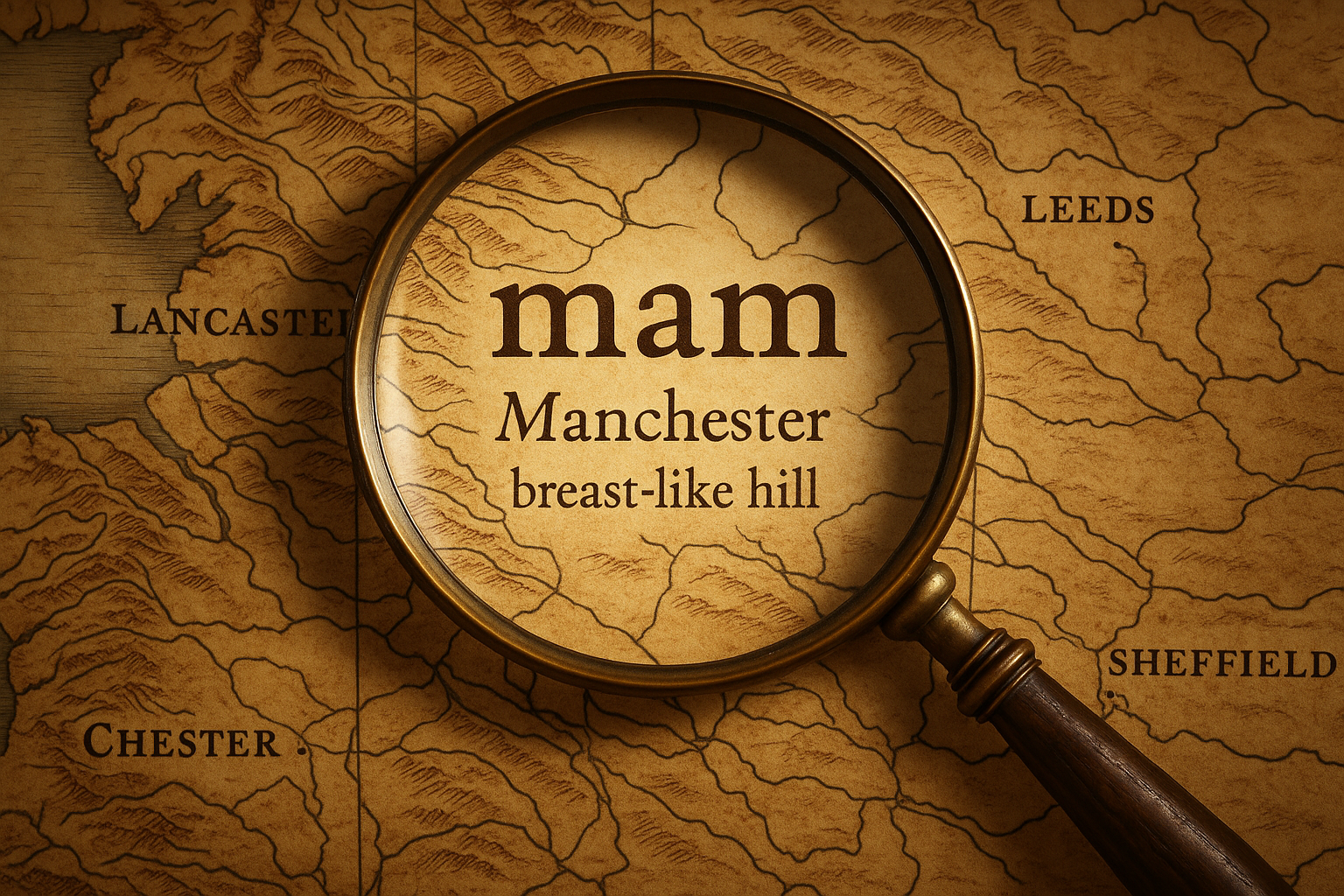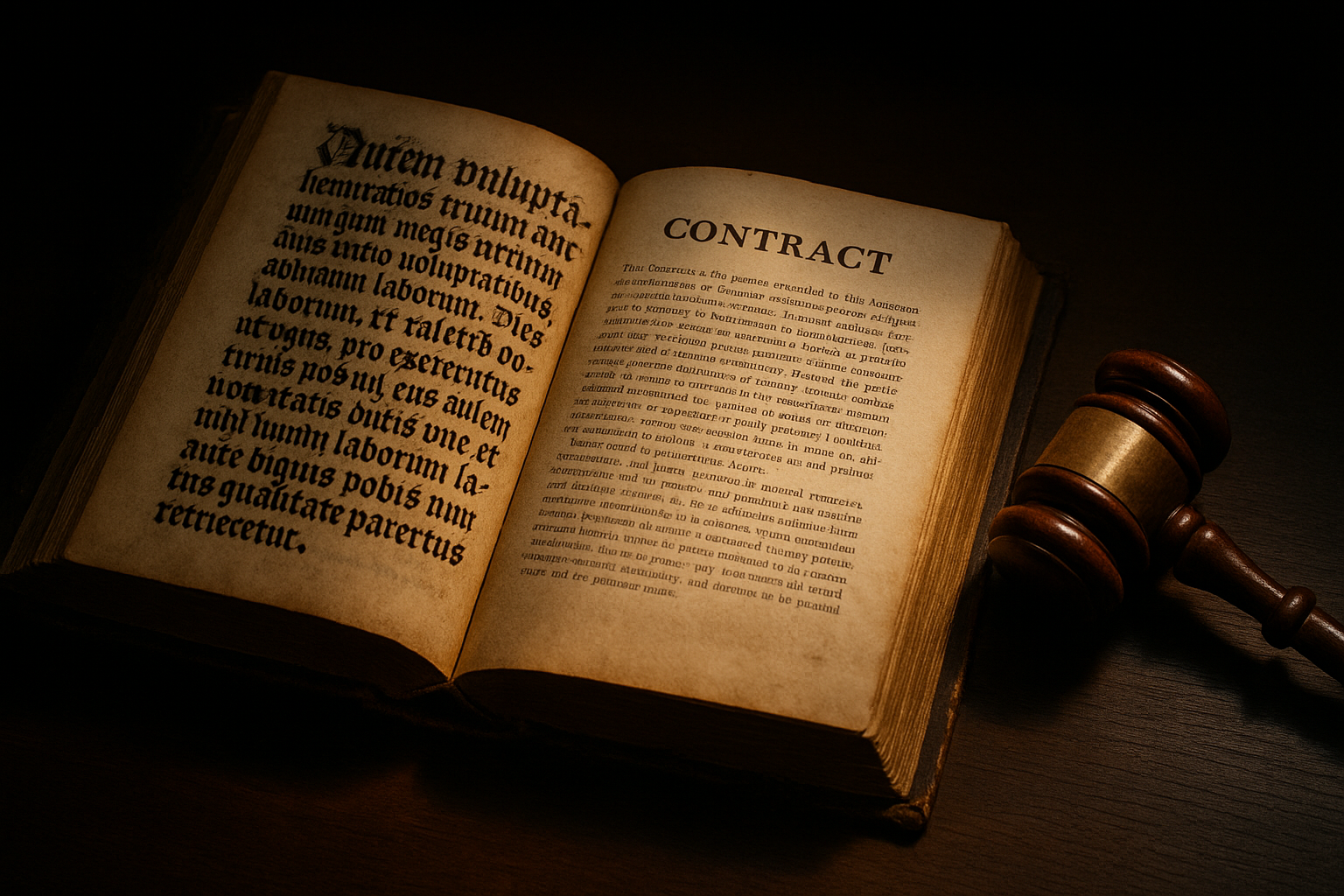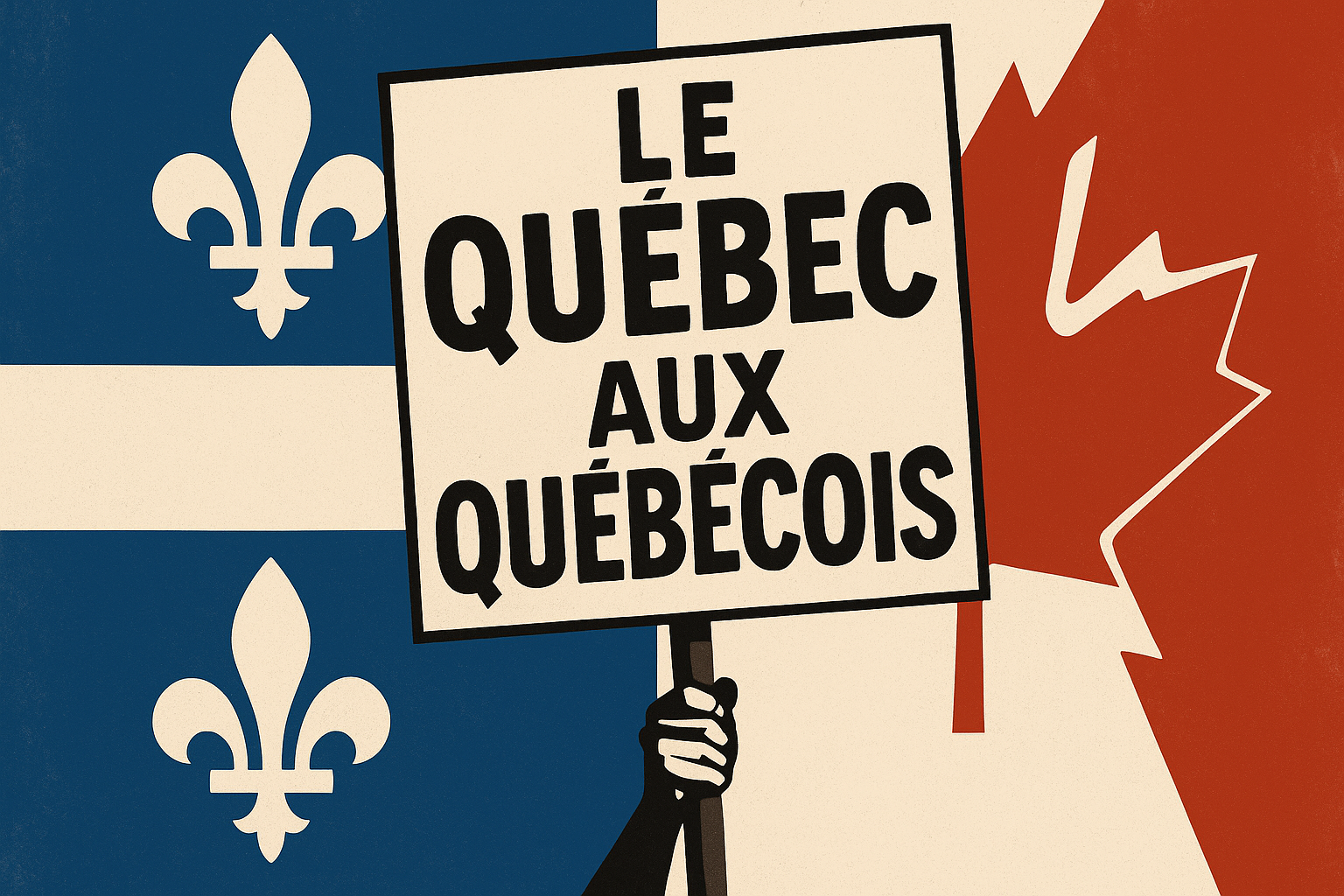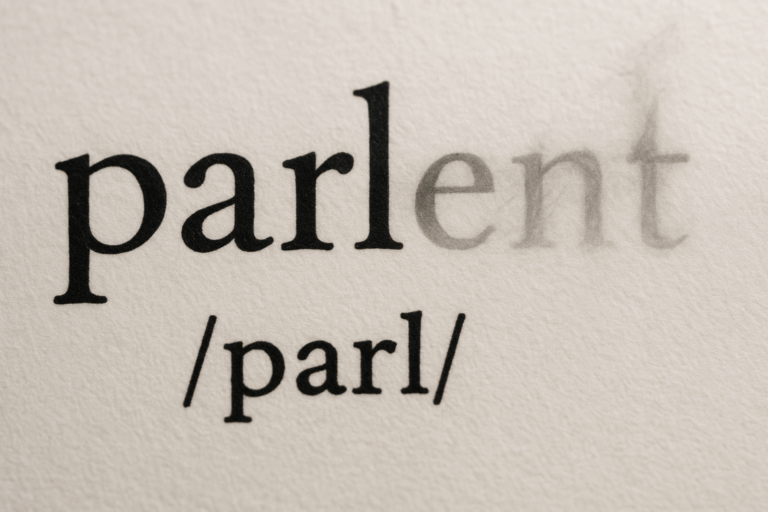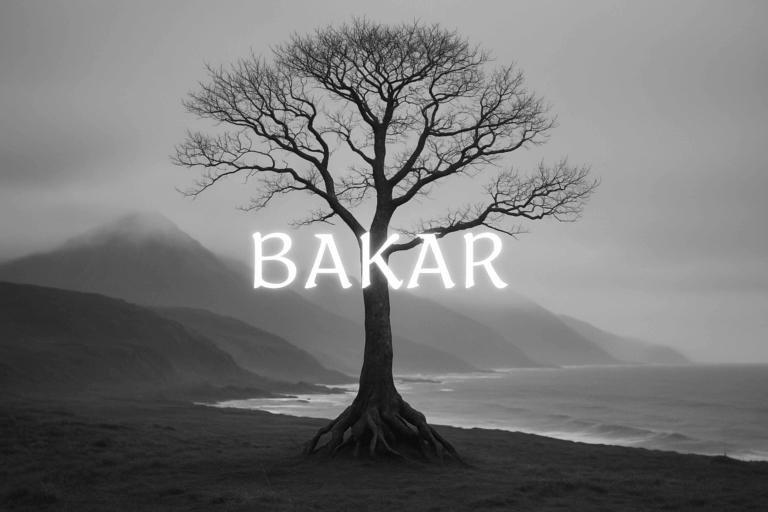Have you ever glanced at a map and wondered where a name like Chicago, London, or Madrid came from? We often take these names for granted, seeing them as simple labels on a grid. But what if that map was more like a Rosetta Stone? What if every name was a clue, a tiny linguistic fossil preserving the story of a lost world? Welcome to the fascinating field of toponymy, the study of place names, where every map becomes a treasure hunt through history.
Place names, or toponyms, are some of the most conservative elements of any language. While words for technology, food, and ideas change with every generation, the names of rivers, mountains, and ancient settlements cling on with incredible tenacity. When one group of people displaces or absorbs another, they may change the name of a town, but they often keep the old name for a prominent natural feature like a river. In this way, languages that haven’t been spoken for centuries—or even millennia—can remain fossilized on our modern maps.
The Echoes of Celtic Britain
Let’s take a trip to England. Today, the dominant language is English, a Germanic tongue brought over by Anglo-Saxon invaders beginning in the 5th century. Before their arrival, the inhabitants of Britain spoke Brittonic Celtic languages, the ancestors of modern Welsh, Cornish, and Breton. While the Anglo-Saxons established their own settlements with names ending in -ham (homestead), -ton (town), or -ford (river crossing), they were less inclined to rename the rivers.
The result is a linguistic ghost map. Consider the River Avon, of which there are several in England. The name isn’t English at all. It comes from the Brittonic Celtic word for river, *abona (the modern Welsh is afon). So, when an English speaker says they’re going to the “River Avon,” they are unknowingly saying “River River.” The same principle applies to countless other English rivers:
- The Thames: From the Celtic Tamesas, possibly meaning “dark one.”
- The Severn: From the Celtic name Sabrina.
- The Don: From Danu, a Celtic river goddess.
Even the name of the capital, London, likely has pre-English roots, possibly from a Celtic name Londinion, though its exact meaning is still debated by scholars. These names are the faint but indelible whispers of a lost Celtic landscape, hiding in plain sight beneath a layer of English.
Al-Andalus: Reading Arabic in Spain
Cross the sea to Spain and you’ll find a different linguistic layer etched into the landscape. From 711 to 1492, much of the Iberian Peninsula was under Moorish rule in a state known as Al-Andalus. The language of administration, culture, and power was Arabic, and it left a permanent mark on the map.
The most obvious clue is the Arabic definite article al- (“the”). Any Spanish place name beginning with Al- is almost certainly of Arabic origin.
- Alcalá: From al-qal’a (القلعة), meaning “the fortress.”
- Algeciras: From al-jazira (الجزيرة), meaning “the island.”
- Albacete: From al-basit (البسيط), meaning “the plain.”
Rivers, once again, tell a powerful story. The Arabic word for valley or river is wadi (وادي). This word was adopted into Spanish as Guad-. Any Spanish river beginning with this prefix is a direct echo of its Arabic past.
- Guadalquivir: From al-wadi al-kabir (الوادي الكبير), “the great river.”
- Guadalupe: A hybrid name, combining the Arabic wadi with the Latin lupus (wolf), meaning “river of the wolf.”
- Guadalajara: From wadi al-hijara (وادي الحجارة), “valley of stones.”
Reading a map of southern Spain is like taking a tour of Al-Andalus. The names speak of fortresses, rivers, and plains as they were seen and named by Arabic speakers over a thousand years ago.
A Global Phenomenon
This linguistic stratigraphy isn’t unique to Europe. It happens everywhere human populations have moved and mingled.
In the United States, the map is a rich tapestry of Native American, French, Spanish, and English names. The state of Massachusetts is named for the Massachusett tribe, meaning “at the great hill.” The Mississippi River is from an Ojibwe word, Misi-ziibi, meaning “Great River.” And Chicago is derived from a Miami-Illinois word for a wild garlic plant that once grew abundantly on the shores of Lake Michigan.
In New Zealand, the government has an official policy of dual-naming to recognize the original Maori toponyms alongside their colonial English names. The country’s highest peak is officially Aoraki / Mount Cook, and the nation itself is increasingly referred to by its Maori name, Aotearoa (“Land of the Long White Cloud”). This is a conscious, modern effort to “re-awaken” a linguistic layer that was nearly erased.
Even a single place can be a mind-bending puzzle. Consider Torpenhow Hill in Cumbria, England. It’s a classic example of a tautological place name, where successive groups of people added their own word for the same feature, unaware of the previous name’s meaning.
- Tor: Old English for “hill.”
- Pen: Brittonic Celtic for “hill.”
- How: Old Norse for “hill.”
So, “Torpenhow Hill” effectively means “Hill-hill-hill Hill.” It is a perfect linguistic fossil, showing the layers of Celtic, English, and Norse settlement in one small spot.
Your Own Linguistic Treasure Hunt
Toponymy turns every journey, even a virtual one on Google Maps, into an adventure. The names that surround you are not random; they are the final, faint echoes of forgotten languages, epic migrations, and dramatic conquests. They tell the story of who we were and how we got here.
So next time you look at a map, don’t just see places. See the stories. Ask yourself: does that river have a strange name that doesn’t sound like the local language? Are there repetitive endings on town names, like the English -chester (from the Roman castrum, for “fort”) or the French -ville? You are reading a historical document of immense age and complexity. The fossils are all around you, just waiting to be discovered.
